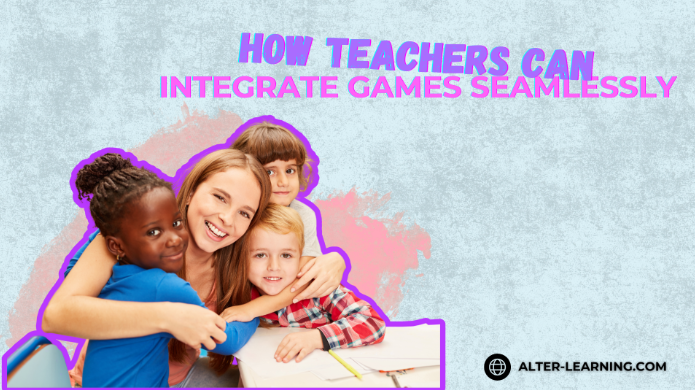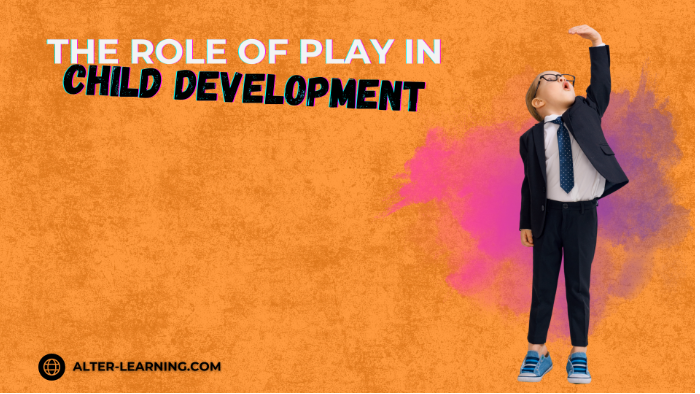Multiplayer educational games can offer something unique: the opportunity for students to learn not just with technology, but through each other. In a well-designed interactive STEAM learning environment, collaboration becomes an essential part of success. Whether solving math puzzle games, engaging in AR science experiments, or exploring immersive VR education apps, students can discover that teamwork often unlocks solutions they might not reach alone.
Alter-Learning’s multiplayer and co-op features are designed with this in mind, fostering both academic and social growth in ways that can enrich classroom culture.
Why Collaboration Matters in Education
Collaboration can help students develop skills they will need in nearly every aspect of life—skills that textbooks and lectures alone may not fully nurture. Working together in educational games can:
- Strengthen communication abilities by requiring players to share ideas and listen to others,
- Build problem-solving skills as students tackle challenges from multiple angles,
- Develop empathy by allowing learners to see how others think and work,
- Encourage leadership and initiative as players take on different roles within a team.
These benefits can apply across disciplines—from engineering challenges for students to creative arts education software.
Features That Foster Collaboration
Designing multiplayer educational games for collaboration means building in opportunities for meaningful interaction. Examples include:
1. Shared Objectives
Games can encourage cooperation when players must work toward a common goal—restoring a simulated ecosystem, completing a virtual chemistry lab, or designing solutions to real-world engineering problems.
2. Role Specialization
Assigning distinct roles can help ensure all players contribute. One student might analyze data in an AR biology exploration while another builds a 3D geometry puzzle solution.
3. Resource Sharing
When in-game resources are limited, players must strategize together. This mirrors real-life project management, teaching negotiation and planning.
4. Communication Tools
In-game chat, visual cues, and cooperative planning spaces can allow students to share strategies and adapt quickly to changing situations.
Collaboration in Immersive Environments
VR education apps and XR educational content can make collaboration even more engaging by placing students in the same immersive learning environment—whether in the same classroom or across continents.
For example:
- A group can work together in an interactive physics simulation, each tackling different parts of a complex problem,
- Students might co-create a digital art project within a virtual gallery,
- Teams could explore historical sites together, uncovering clues and discussing interpretations in real time.
These scenarios can create a sense of presence and connection that is often difficult to replicate in traditional settings.
Accessibility and Inclusion in Multiplayer Games
True collaboration means every student can participate meaningfully. Alter-Learning’s games can incorporate features such as adjustable difficulty levels, colorblind-friendly design, and audio cues to ensure inclusivity. In multiplayer settings, this can mean:
- Roles that match diverse strengths and abilities,
- Supportive environments where peers can assist each other,
- Adaptive pacing so no one is left behind.
By designing for accessibility, multiplayer games can strengthen community and trust among students.
Integrating Multiplayer Collaboration into the Classroom
Teachers can maximize the benefits of multiplayer educational games by:
- Setting clear learning objectives for the activity,
- Encouraging reflection after gameplay to connect in-game actions to real-world skills,
- Rotating roles so students experience different perspectives,
- Balancing competition with cooperation to keep the focus on teamwork.
This blend of structured guidance and open-ended exploration can help collaboration flourish.
More Than Just Playing Together
Collaboration in multiplayer educational games can go beyond the mechanics of winning. It can teach students to communicate clearly, respect differences, and combine their strengths to solve challenges—skills that will serve them in higher education, careers, and community life.
By creating immersive, accessible, and engaging multiplayer experiences, Alter-Learning can help educators cultivate classrooms where working together isn’t just a strategy for the game—it’s a habit for life.
Follow Alter-Learning for more insights into immersive education, edtech success stories, and the future of learning. Want to explore how VR/AR could transform your school or learning platform? Let’s connect.




